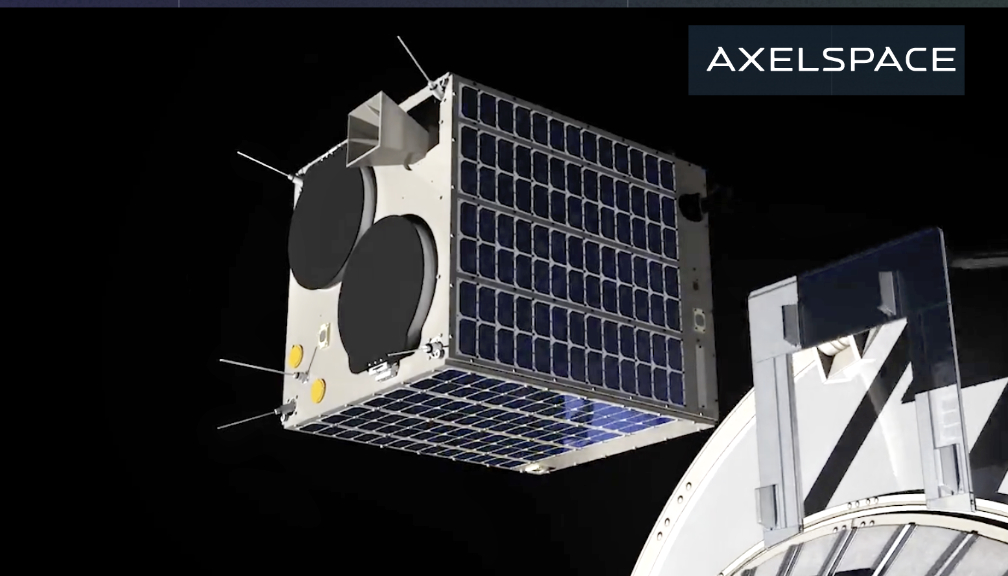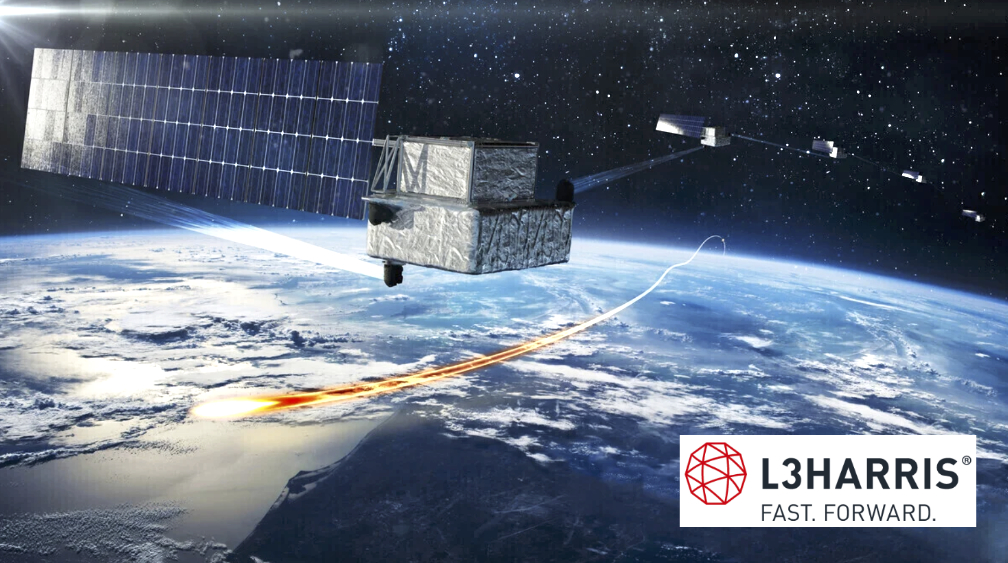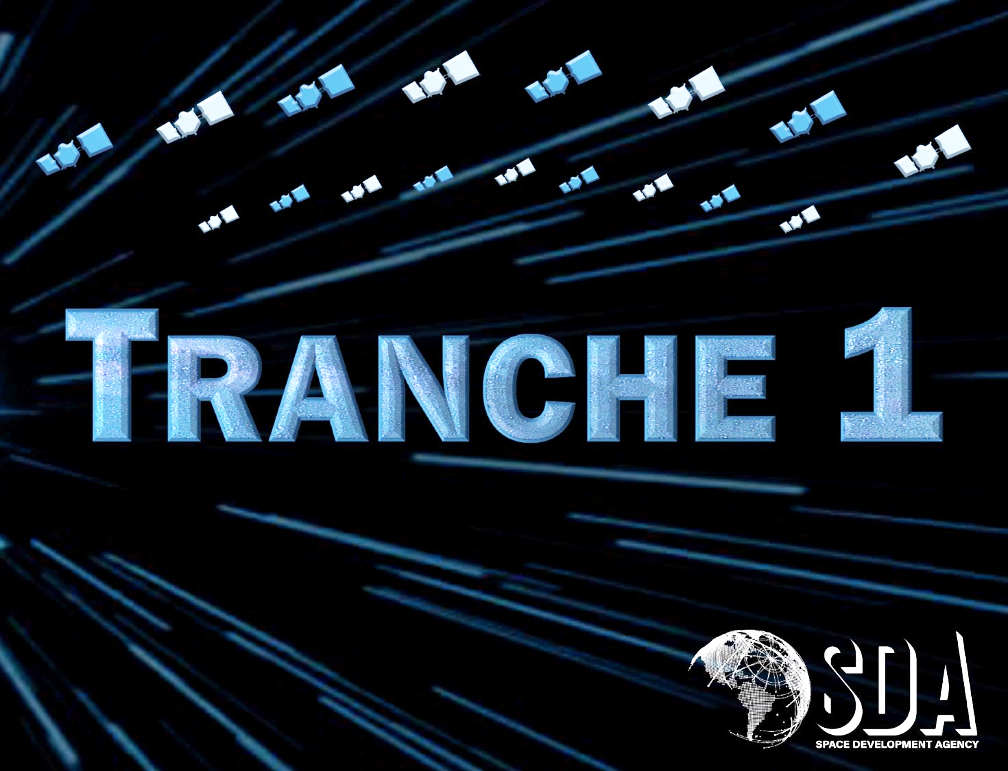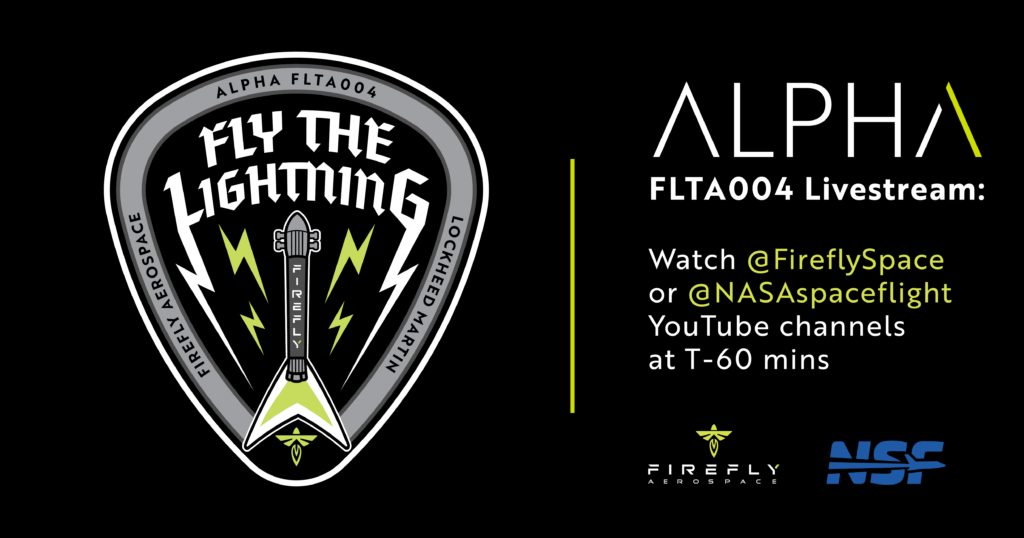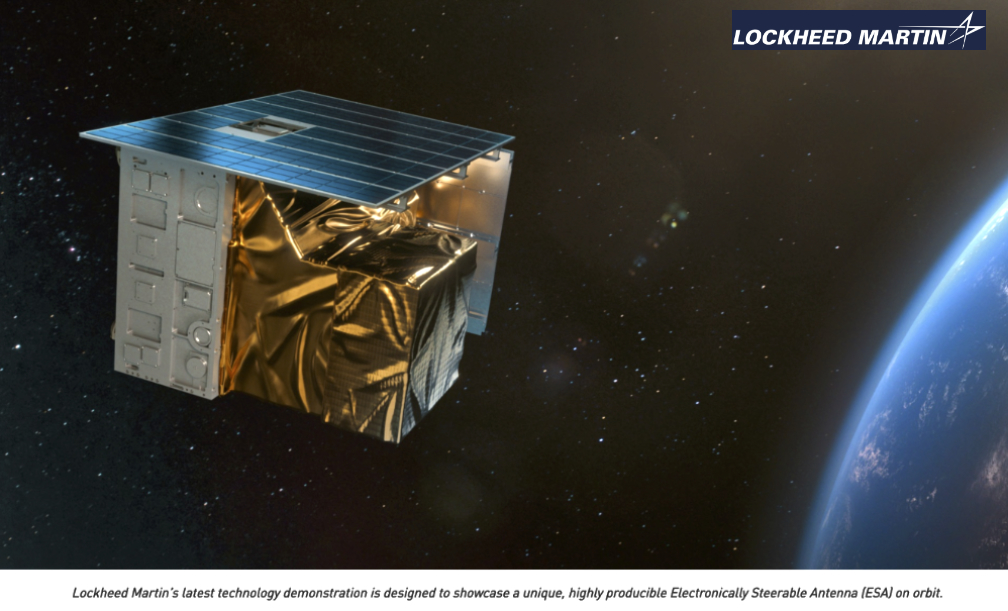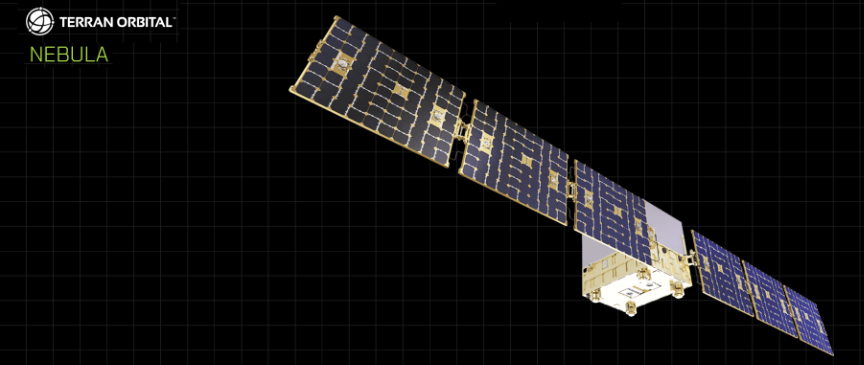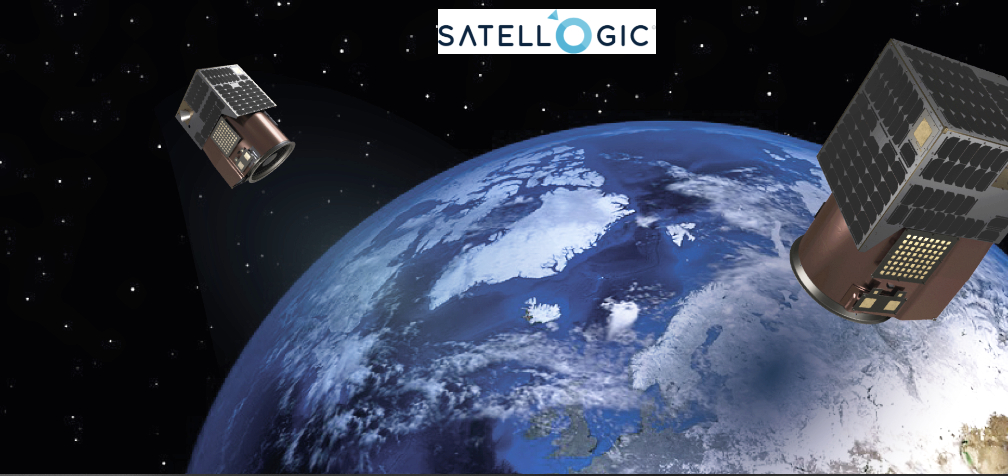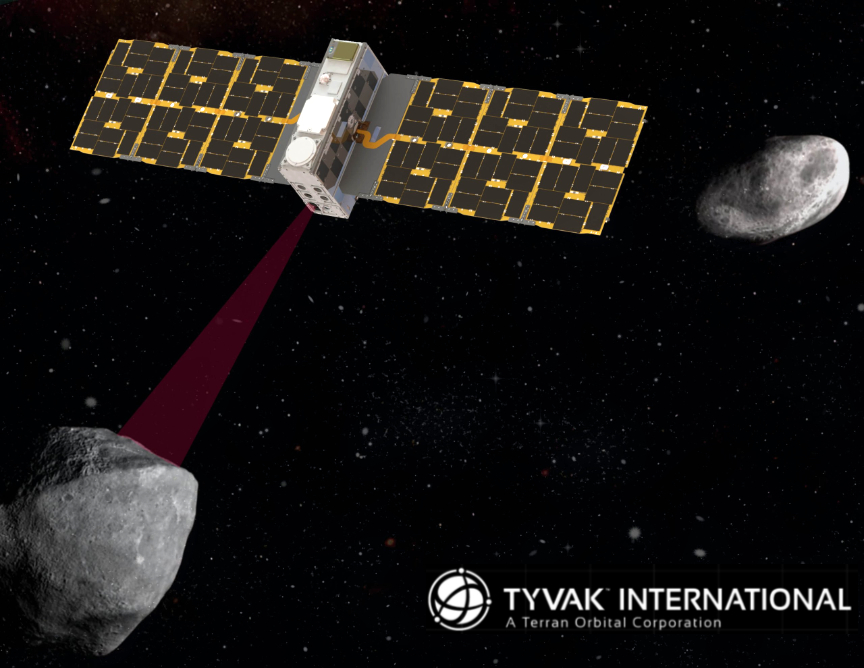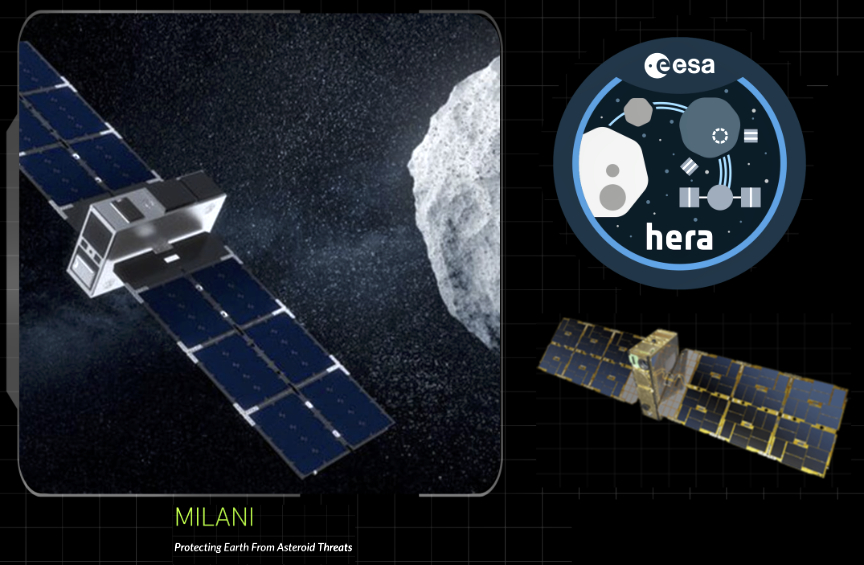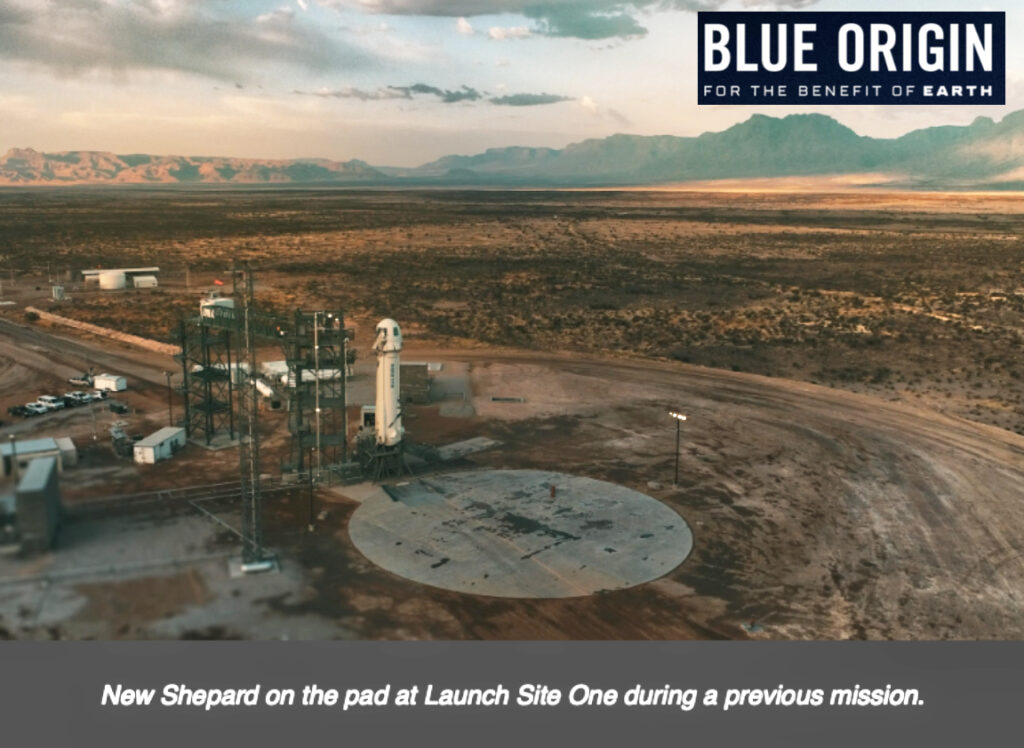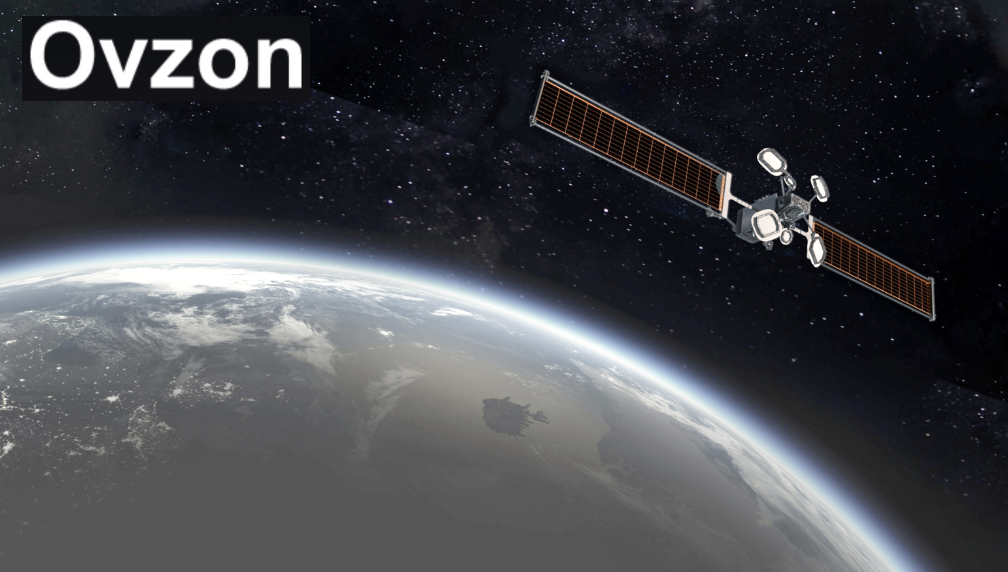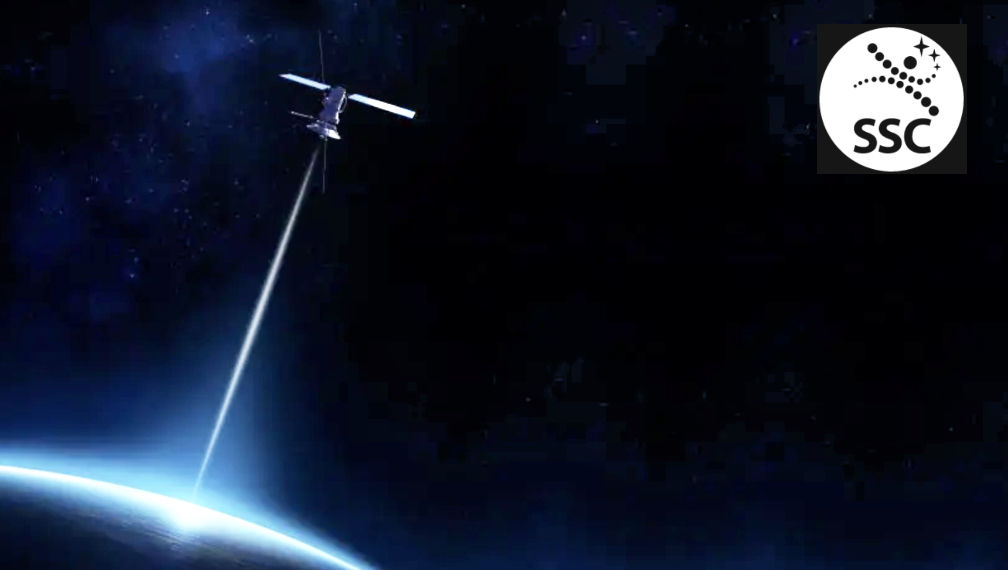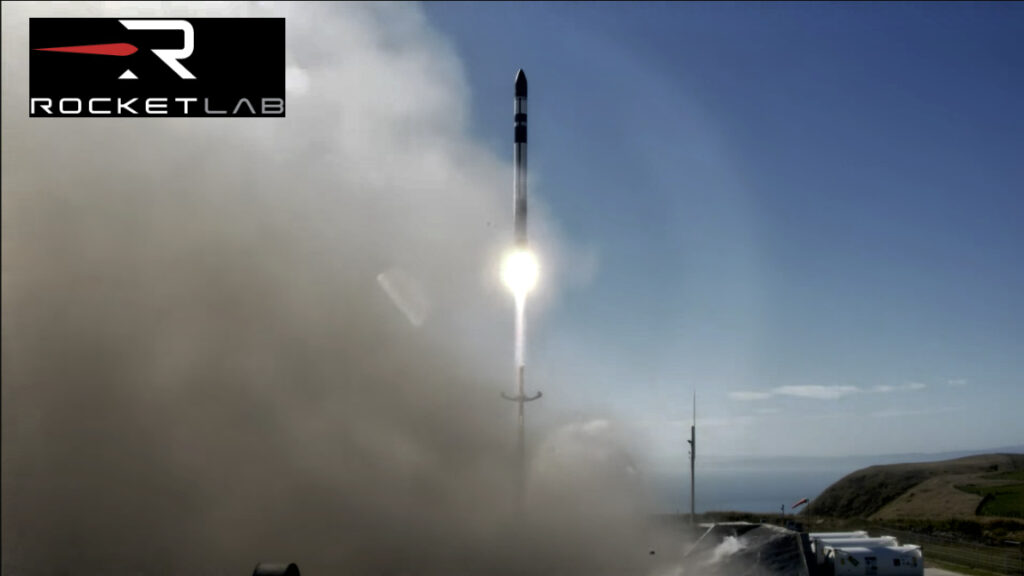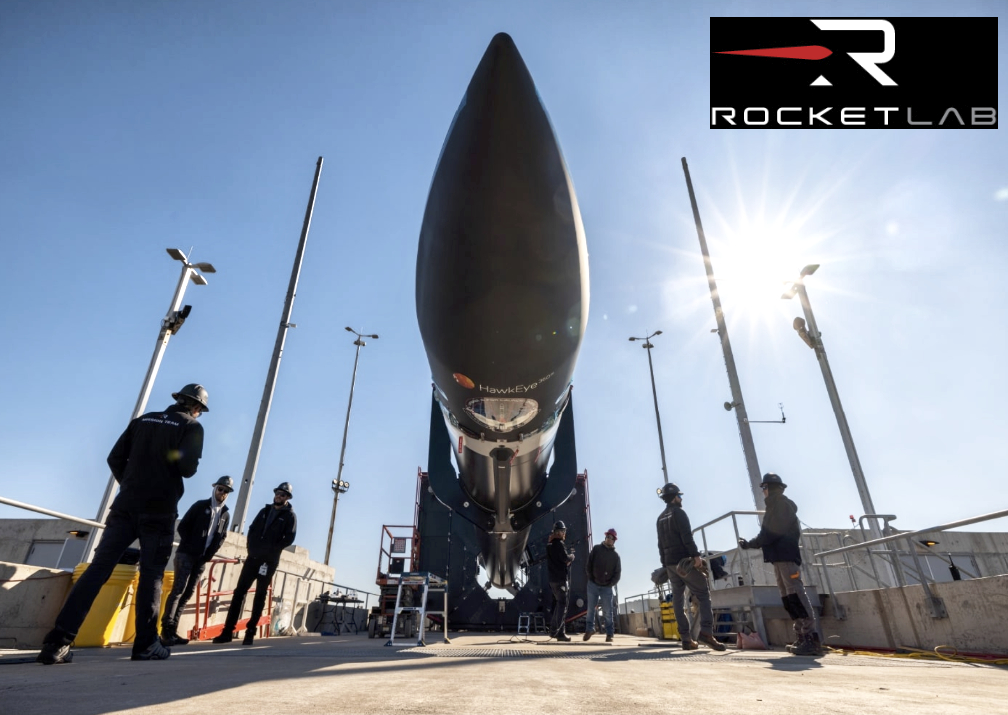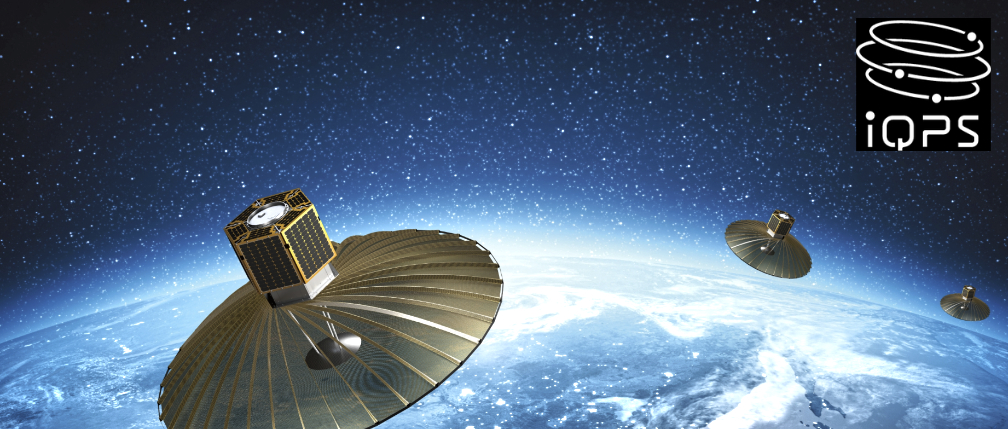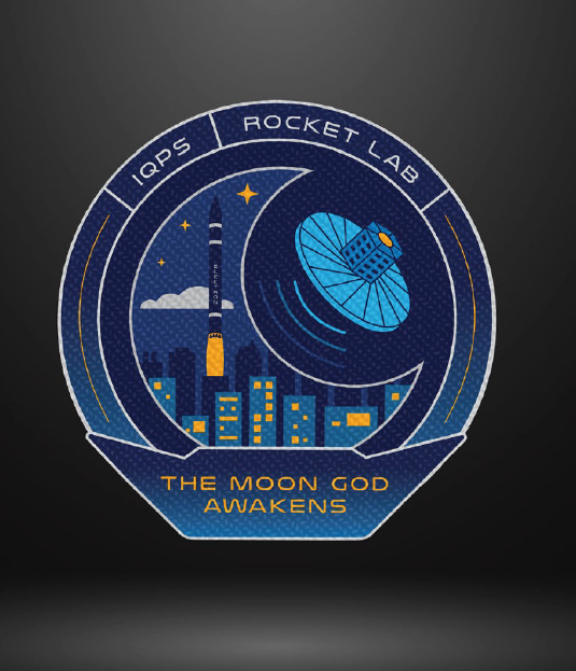
Sidus Space (NASDAQ: SIDU) has completed environmental testing of LizzieSat prior to the satellite’s upcoming launch on the SpaceX’s Transporter-10 mission.
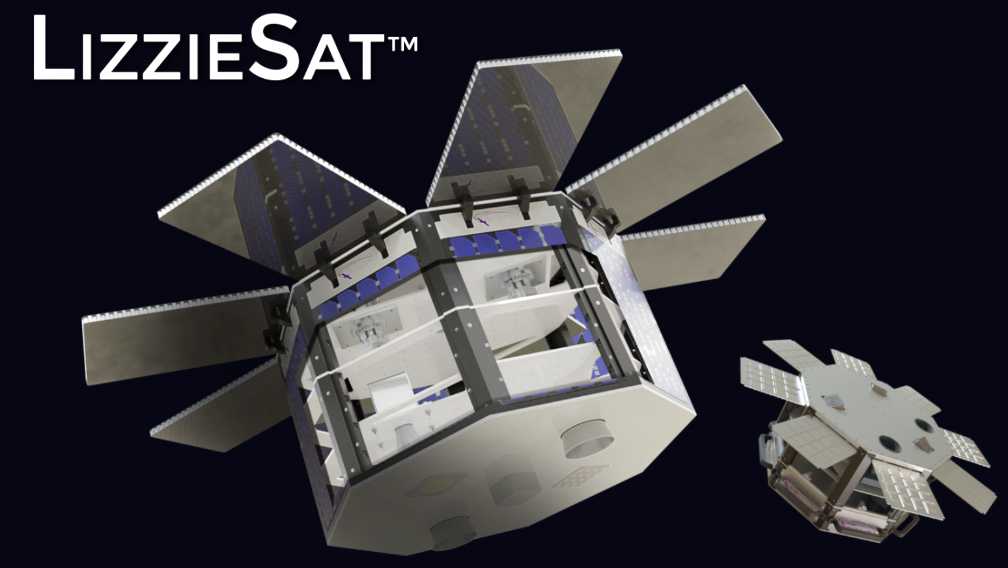
Environmental testing was completed by NTS Orlando where the LizzieSat Flight Unit underwent random, vibration testing. The LizzieSat satellite for this mission is currently being prepared for shipment to the launch site and the focus is now on mission operations in anticipation of the launch.
The upcoming LizzieSat launch is a catalyst to the execution of Sidus Space’s high-margin revenue Data-as-a-Service offering. Customers for this launch include NASA, Mission Helios, Automatic Identification Systems (AIS) data customers, and multispectral imagery consumers for detection of methane gas and vegetative stress.
“We expect the launch of LizzieSat will provide us with the opportunity to continue to expand our high-margin revenue streams, driven by the sale of both data and payloads on future missions. We anticipate the enhanced capabilities of these satellites will provide space infrastructure, as well as critical data, to create a high margin, rapidly scalable business model. The Company is continuously working to secure agreements to provide additional annual recurring revenue while on-orbit.” — Carol Craig, Sidus’ CEO and Founder

